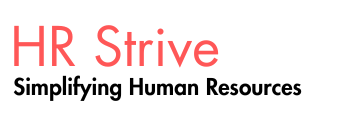In an online article from SHRM,
diversity is described as "the similarities and differences between
individuals, accounting for all aspects of one's personality and individual
identity." Within any given population, these aspects of personality and identity
may take differing forms. This means that the application of diversity may vary
from organization to organization and country to country.
Some organizations look to expand
their application of diversity into new areas in a growing list of identity
groups: race, religion, gender, culture, ethnic background, age, thought (which
refers to the unique perspectives an individual brings), and so on. Others may
change how they view the whole concept of diversity. They may move from viewing
diversity defensively as a matter of legal or ethical compliance to viewing it strategically
as a valuable asset that an organization can use to compete.
HR organizations responsible for
workforces in different countries must be aware of differing legal standards,
measures, and requirements. Many countries, for example, have laws prohibiting
employment discrimination, though they may function differently, so a
multinational organization must be aware of the specifics in every country in
which it operates.
Three
Types of Diversity
When considering diversity, it is important to consider these three types.
Legacy
diversity. Generally, traits that are easily recognizable and
visible, such as external physical characteristics. Culture, ethnicity/race,
nationality, gender, physical attributes, age, and language are all examples of
legacy diversity traits.
Experiential
diversity. Diversity based on lived experiences, for example, where
an employee grew up, where they went to school, and other life experiences
(family, hobbies, interests). Employees with similar or shared experiences can
form connections and work well together. At the same time, these bonds can
result in the formation of cliques, which can have an exclusionary effect in
some cases.
Thought
diversity. Diversity based on different perspectives, resulting from
education and socioeconomic background. Introducing thought diversity can help
guard against "group think," inject new insights into decision
making, and help identify prime candidates to tackle urgent problems and
issues.

No comments:
Post a Comment